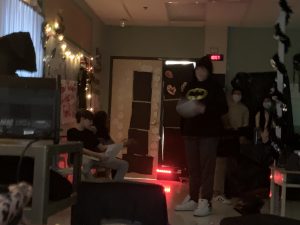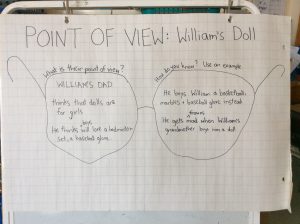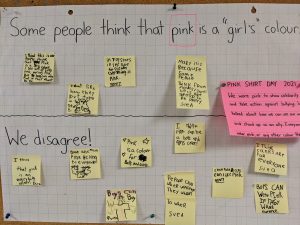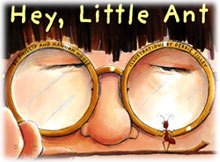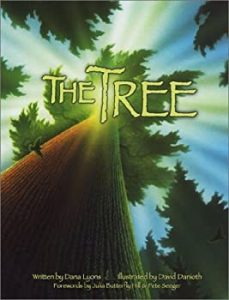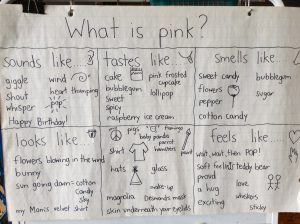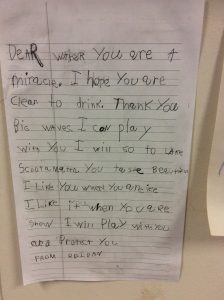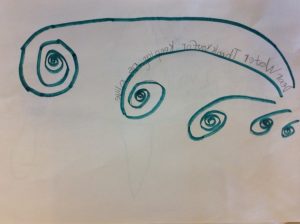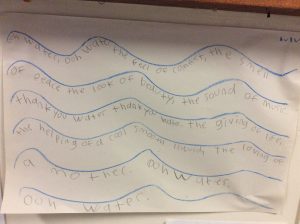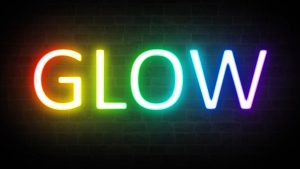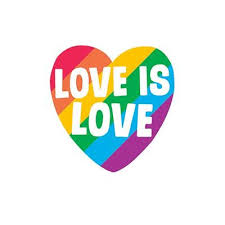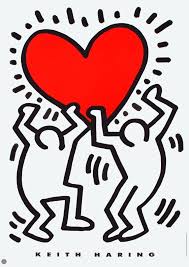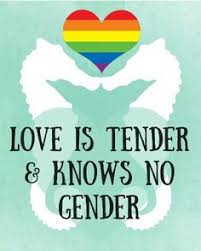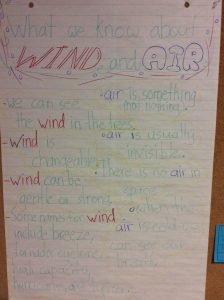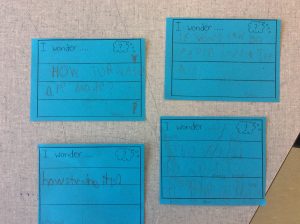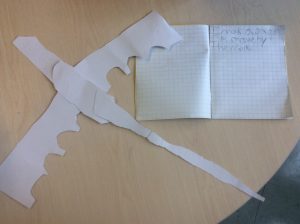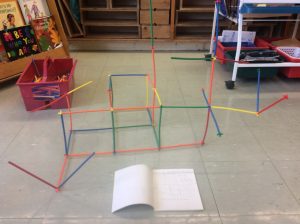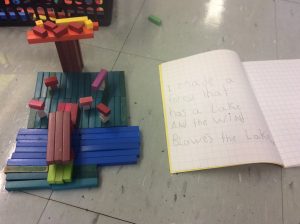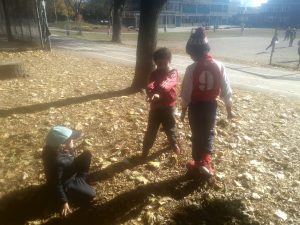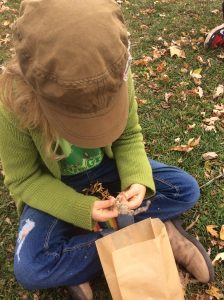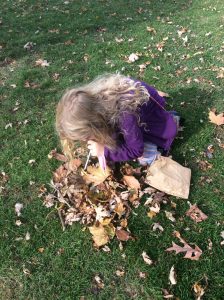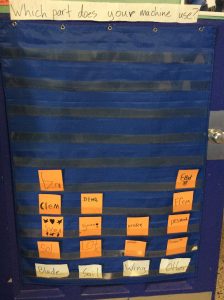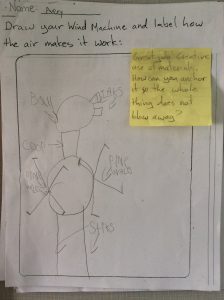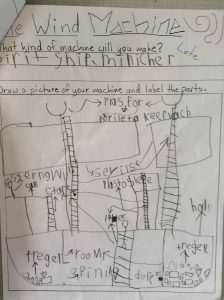This blog post is a reflection of the student-created created drama shows that I blogged about earlier this month.
One of the reasons I enjoy blogging so much is the chance to reflect. Teachers are always on the go and I sometimes miss the post lesson reflections that are so important. I will look back on this post next year when I start this task again.
The grade seven and eight students in my school came up with eight shows that were written, directed and acted by each other. They performed them over the course of the day yesterday and what a success it was! Of course, all successful events have a few glitches.
The Week of
This week was a four day week for my students so we did not begin to prepare our room for the shows until Tuesday afternoon. My students turned the classroom into a stage- making the front the stage and the back the audience. All desks were pushed back to allow for creepy monsters to hide underneath and to allows room for chairs and mats to be placed in front. They also covered the walls with table cloths and garbage bags. This part was rushed and could have been done better as each morning this week, I picked them up off the ground and re-taped them. Next year, we need to perhaps leave the walls blank and tape props to the walls.
On Wednesday morning, students worked together to decorate the entire classroom. They made the door extremely spooky as well as all the walls. The director of each show gathered their props and costumes together in one bin. The door of our class also featured the posters from each show (advertising- media literacy piece).
On Wednesday afternoon, each group had about twenty minutes to rehearse their show with sound effects, settings (on the smartboard/projector), costumes, actors and all. This was hardly enough time as I forgot to remind students throughout the process that they would need to be adding the slide changes, sound effects and stage directions into their scripts. This is something I will do next year during the writing process. Also, twenty minutes per show was hardly enough. I timed each show during this practice to get an idea of how to schedule all the shows throughout the day.
Show Day
The day had finally come and it was show time! Students got into their costumes and had a little makeup added to increase the scare effect! We were all dressed and ready for the first show. Classes came two at a time and stayed for half an hour. This was the perfect amount of time as we usually got through 3-4 shows per viewing. Almost our entire school grades 1-8 ended up coming to see the shows.
The shows went about as well as they could with the amount of practice each show had! By the fourth or fifth performance, a few shows were flawless. The slides were controlled by one of my students who started to memorize when the settings would change. The sound effects were played live from a piano that has creepy sound effects. My student improvised when the sounds were not provided for her and by the second performance of each show, she had memorized them. Each audience was so captivated by the stories and teachers were really impressed with the students. Next year, I will tell students that a show around 3-4 minutes worked the best in terms of audience interest and transitions. The actors in longer shows had a hard time knowing when it was their turn and when they were off stage.
Tips for Teachers who try this in 2023
I found as soon as I released the responsibility to each director- the show was theirs. Whatever happened happened and I did not feel automatically responsible when a show did not go as planned. It was incredible seeing the students take control of what they had created and very rarely did they need any assistance from me. I think the only question I was asked during the show day was “Can I go to the bathroom?” The student leadership, collaboration and responsibility was so impressive.
Taking on something like this may seem like a lot but the amount of curriculum connections are endless. I also heard a lot of students comment on how many memories they were making during this. Students who have issues coming into the class each day did not during our drama project.
What’s Next?
Students are already asking if we can do this again during the Winter months. I think it would be a great idea during December to show all the different ways people celebrate at that time of year. Perhaps instead of acting, we could try telling stories from various cultures. All things to think about and when you get a group of students who enjoy producing shows this much, the possibilities are endless!
Above is a picture of the live performance of “The Crooked Man”- Written and Directed by a grade seven student.

